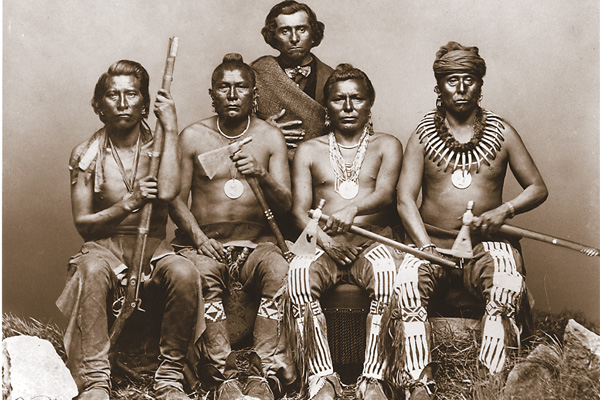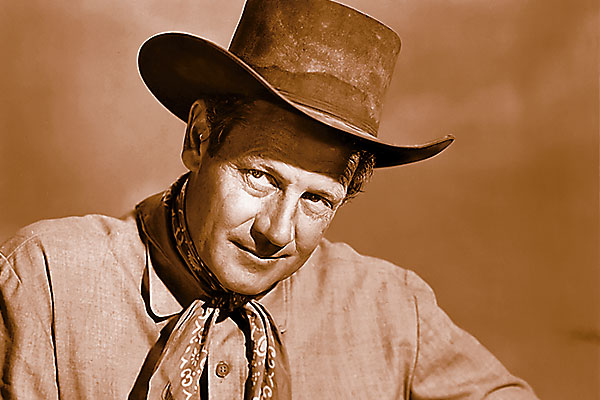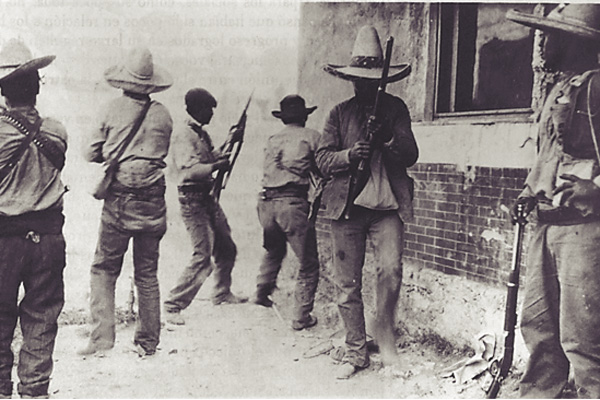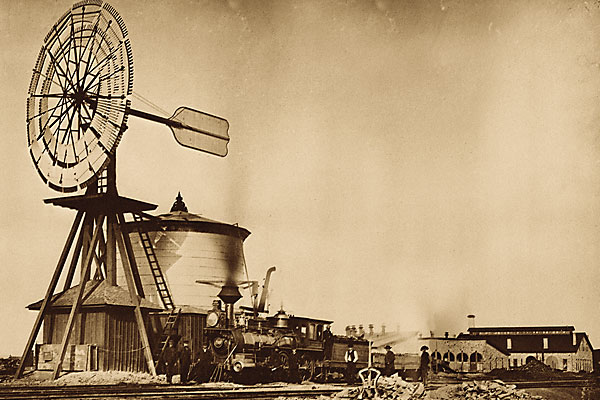 In this age of digital satellite downlinks, online streaming, and high-tech communications systems, Indian Country is making the most of a traditional mode of communications–radio.
In this age of digital satellite downlinks, online streaming, and high-tech communications systems, Indian Country is making the most of a traditional mode of communications–radio.
Since the early ’70s, tribally owned radio stations, as well as community-based and school-licensed stations, have attempted to empower local tribal communities through the use of the AM and FM frequencies.
Today, with the recent additions of KUYI on the Hopi reservation in Arizona and KOTY on the Yakama reservation in Washington, there are now nearly 30 stations serving Indian reservations and Alaskan villages.
The American Indian Radio on Satellite (AIROS) Network is based in Lincoln, Nebraska and was launched in the mid-’90s to distribute national programming to this growing number of tribal stations. The network’s goal is to broadcast 24 hours of original Native programming per day, seven days a week.
“We still have a long ways to go,”says John Gregg, Sr., a Hopi /Inupiat Native who is the manager of the AIROS Network (www.airos.org). “Personally, I’d like to be able to drive across the country, and no matter where I’m at, be able to hear Indian Radio on the left hand side of the FM dial, just like NPR. I’d like for there to be more tribal stations than the number of stations that carry the Rush Limbaugh show. Wouldn’t that be nice?”
About 400 miles west of Anchorage, along the banks of the Kuskokwim River, is the small Alaskan town of Bethel. It sits 40 miles inland from the Bering Sea, and for the past 30 years radio station KYUK has been broadcasting to this mostly Yupik community. Today the station features a unique news format. The first half of the news program is broadcast in English, then it’s done again in Yupik. Mary Gregory and Trim Nick are both hometown folks. Together they produce and report during the half-hour segments. The station also features two local call-in talk shows hosted by Yupik elders. Only a handful of visitors cross through this part of the world, but the station is on an AM channel, meaning it can travel vast distances, especially under the Alaskan night sky. According to Mike Martz, a local Bethel resident, people from as far away as Norway have received the signal.
In the early ’80s, in the woodlands of northwestern Wisconsin, the Lac Courte Oreilles Ojiway Tribe launched its own radio station from Hayward, Wisconsin. We’re a little more eclectic than most stations,” says afternoon DJ Michael Dukin, a.k.a. The Jammin’ Ice Man, the only blind radio producer at a tribal station, who doubles his duty by hosting the Monday night blues show. “Our tastes are exquisite, but open. You might hear a traditional pow wow song followed by a contemporary country song. We have a really cool R&B show on Tuesday nights that is heavily influenced by the black radio stations from Chicago. WOJB will celebrate its 20th anniversary next April. During the last two decades the station has been honored and commended for covering news stories that were not reported by the local press. Such coverage included Native American treaty rights issues and a radioactive waste storage site, to be located dangerously near the community.
Although a few of the newer stations are equipped with state-of-the-art technologies, most tribal stations are getting by on shoestring budgets and volunteers.
But Indian radio stations are the heart of the community and, The show must go on.
So whether you’re traveling across the Four Corners area listening to KTNN, that broadcasts throughout the Navajo Nation and beyond out of Window Rock, Arizona or visiting Lakota country, listening to KILI out of Porcupine, South Dakota, know that the Native voice is stronger and louder every day.
Harlan McKosato is a member of the Sac and Fox Nation of Oklahoma. He also has ancestral ties to the Iowa, Delaware, Omaha and Winnebago tribes. His background includes writing for newspapers and producing television sports shows. He is currently the host of “Native America Calling.” It’s the first and only nationally syndicated radio show produced by Native Americans. He’s based in Albuquerque, New Mexico. You can reach him at: harlan@unm.edu






